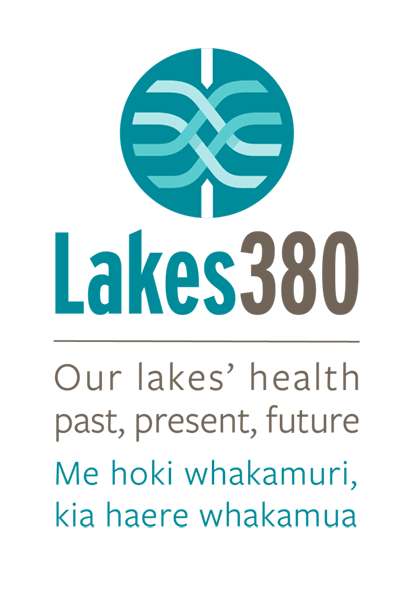Lake Okareka
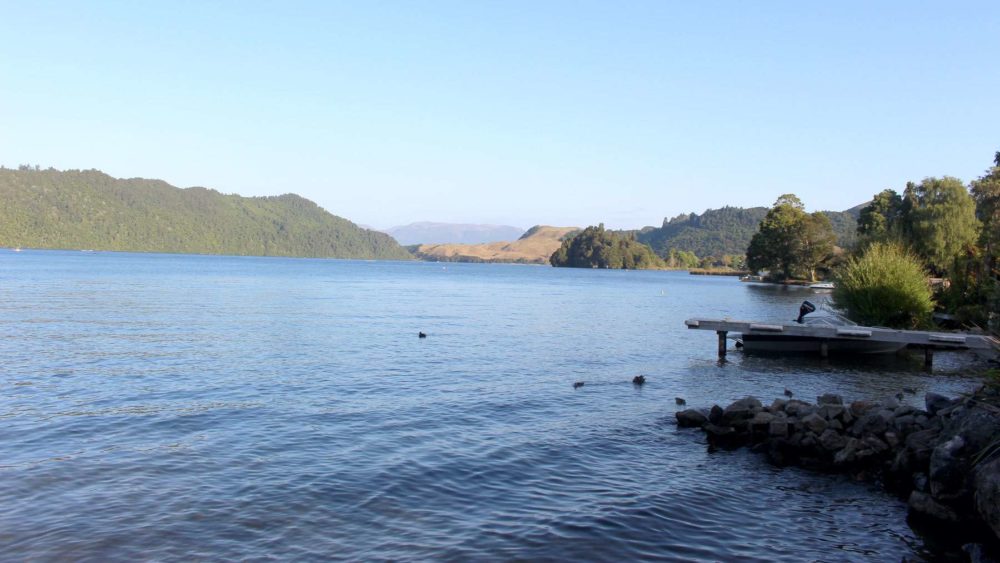
Lake Okareka is in an ignimbrite plateau and has steep caldera walls on its north-eastern side, testament to the processes that formed the Haroharo Caldera. The lake receives most of its input via groundwater seepage, run-off and rainfall, and has a maximum depth of 34 m. Lake level is controlled via a valve at Waitangi […]
Lake Ōkaro
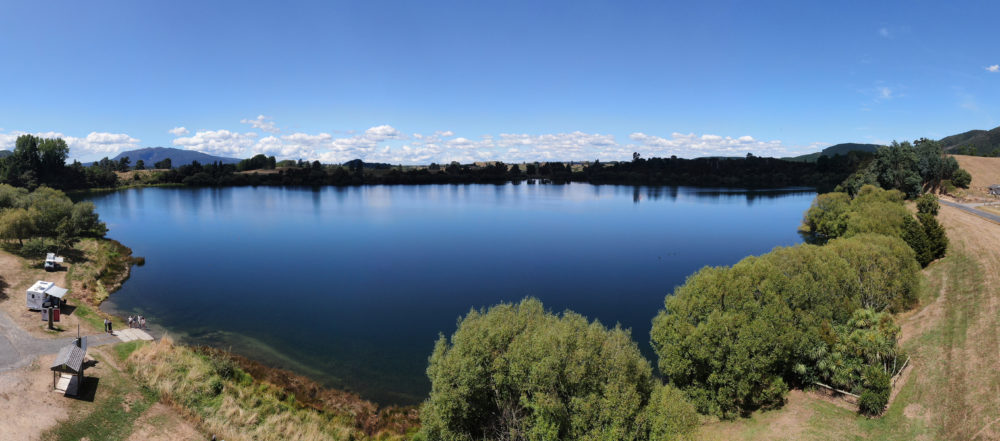
Ōkaro is a small lake with very high productivity and is classed as super-trophic. It is subject to frequent and severe blooms of cyanobacteria (blue-green algae) during summer. It has been the focus of an extensive water quality management programme, including land-based interventions such as agricultural detention bunds, wetlands and in-lake remediation (flocculation and sediment […]
Lake Ōkataina
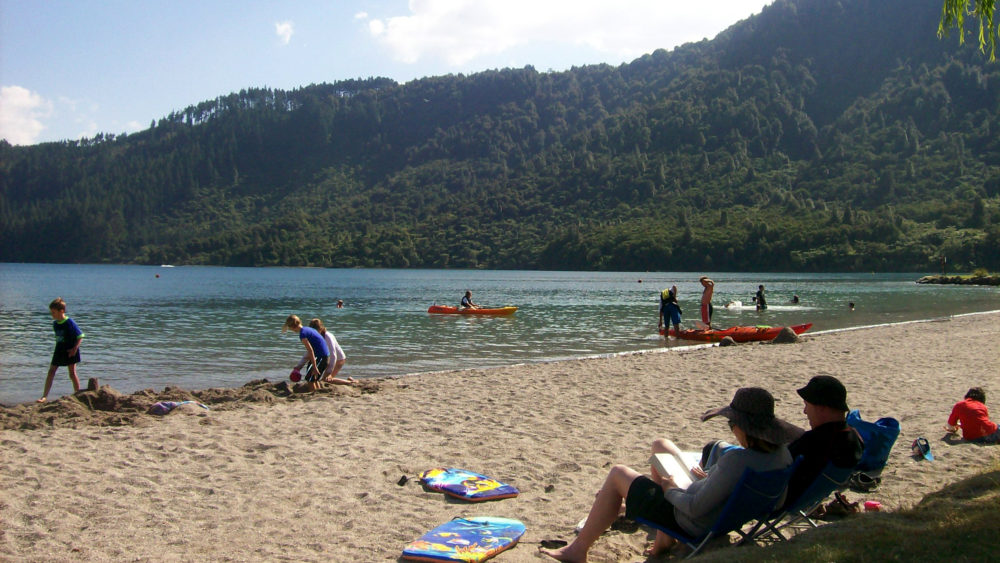
Ōkataina is a deep lake (maximum depth 78 m) and is oligotrophic, meaning it has low productivity and good water quality. The lake has no surface outlet and its water level varies dramatically in response to changing rainfall patterns. There is thought to be a subterranean outflow from the bed of the lake to Lake […]
Lake Rerewhakaaitu
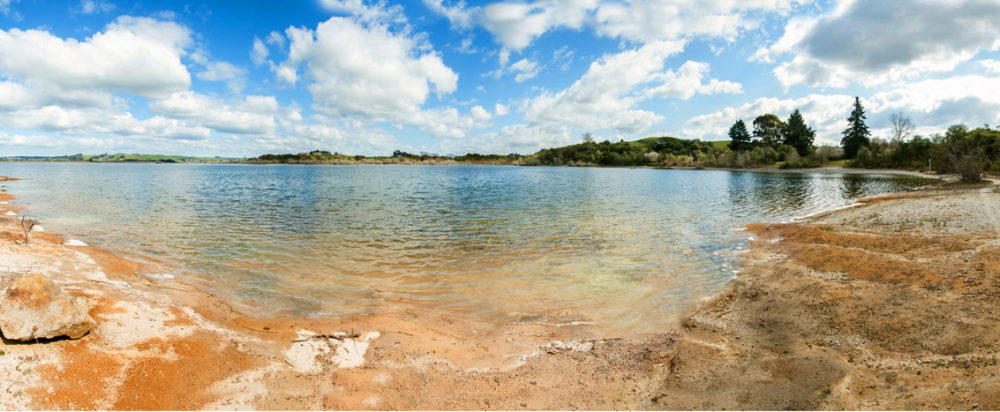
Lake Rerewhakaaitu lies east of Lake’s Ngahewa and Okaro and sits at an altitude of 438 m. It has a maximim depth of 15.8 m and the predominant land cover type is pasture (exotic and indigenous forests growing in size). The lake is classed as being mesotrophic with moderate levels of productivity and water quality, […]
Lake Rotoehu
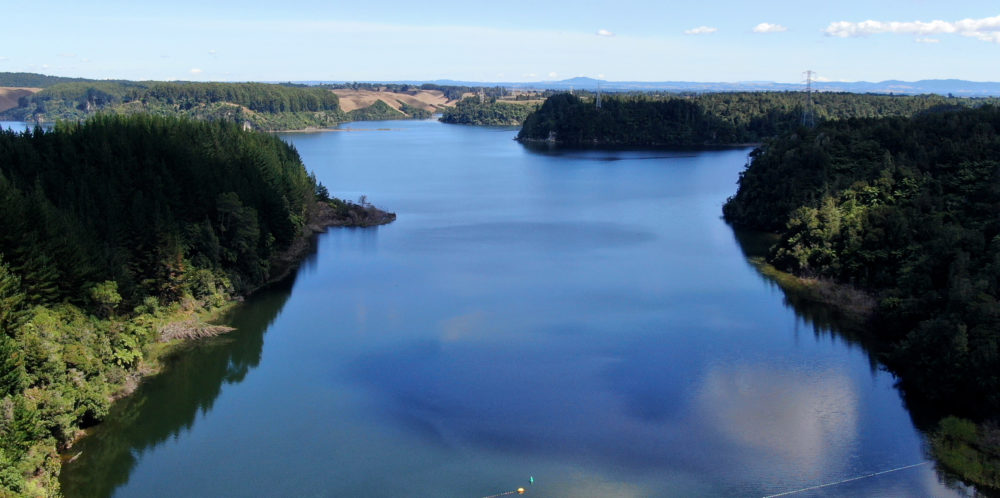
Lake Rotoehu lies east of the Rotorua township and was formed by “lava damming” of a river valley. The catchment has a relatively even distribution in terms of land cover. Rotoehu has a maximum depth of 13.5 m, has geothermal inputs (possibly from groundwater sources) and has no true outlet (source www.lawa.co.nz).
Lake Rotoiti (Rotorua)

The mesotrophic Lake Rotoiti is the third-largest in the region, occupying part of the Haroharo Caldera. The lake deepens from west to east, changing from an average of 10 m deep to a maximum of 125 m. The catchment is mainly covered in indigenous vegetation and exotic forestry. There are numerous geothermal inputs to the […]
Lake Rotorua (Rotorua)
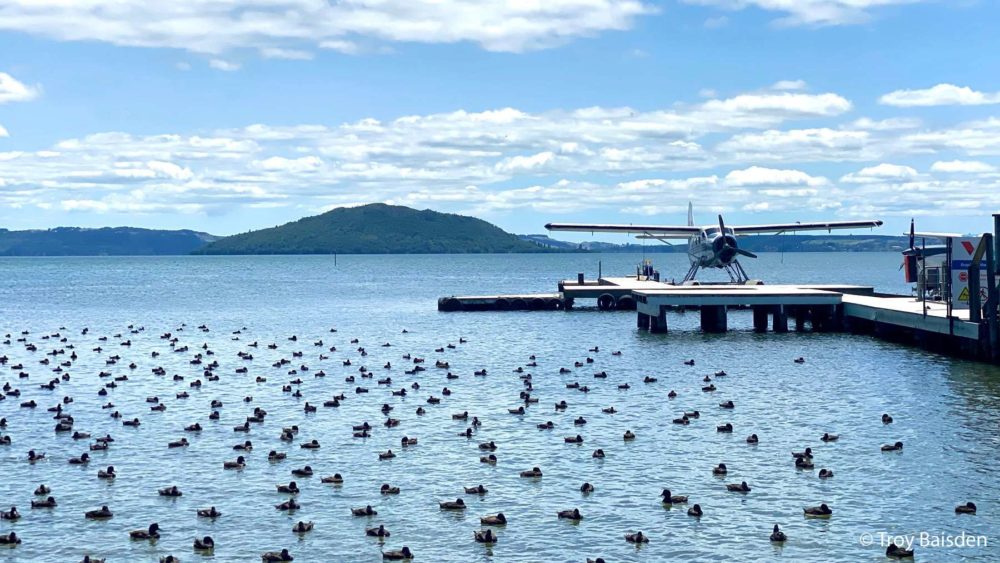
Lake Rotorua is the region’s oldest lake. It is thought to have formed shortly after the Mamaku Ignimbrite eruption about 140,000 years ago, and it occupies a caldera created by the event. Lake Rotorua has the largest surface area of the district’s lakes. It also has the largest catchment area at about 508 sq km. […]
Lake Tarawera
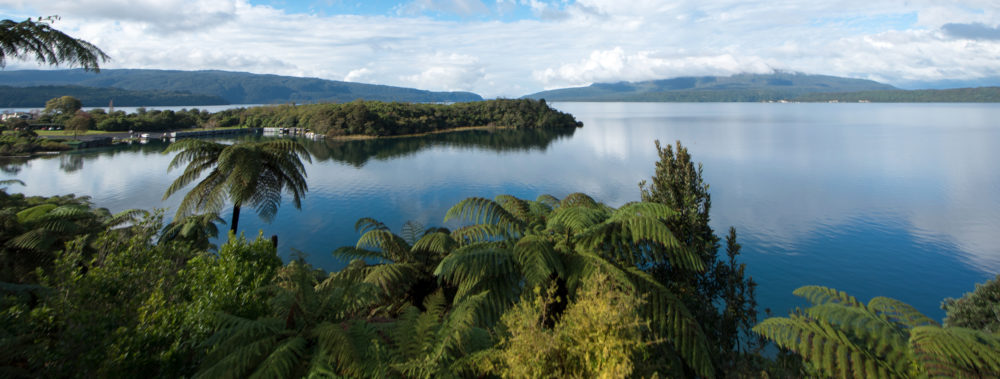
Lake Tarawera is in the southwest section of the Haroharo Caldera. It covers 41 sq km and is more than 87 m at its deepest. The catchment is largely covered in indigenous forest and scrub, with about 20 percent pasture cover and 16 percent exotic forest. Seven other lakes feed into Tarawera. Lake Tarawera has […]
Lake Tikitapu
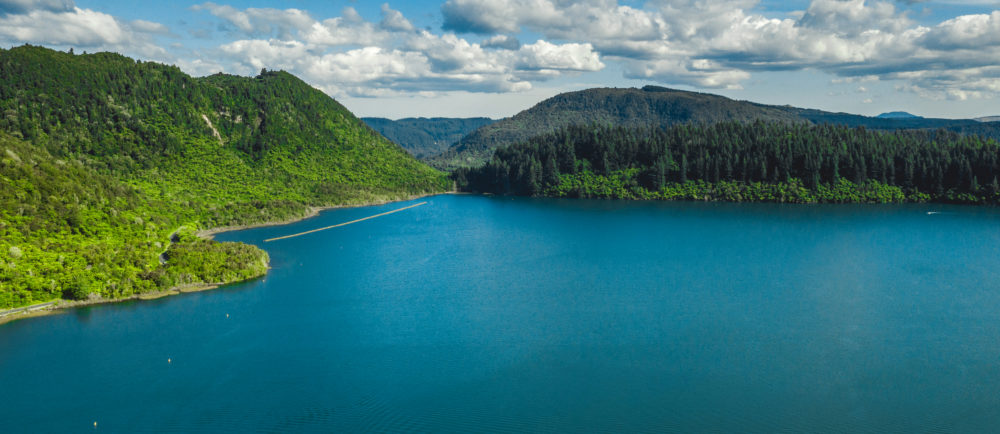
Lake Tikitapu has a small catchment and its predominant land cover is indigenous vegetation. It is slightly north of Lake Rotokakahi and is higher, at 418 m above sea level. Tikitapu was formed by a lava dam 13,300 years ago. The lake has a flat bed with a maximum depth of 27.5 m and is […]
